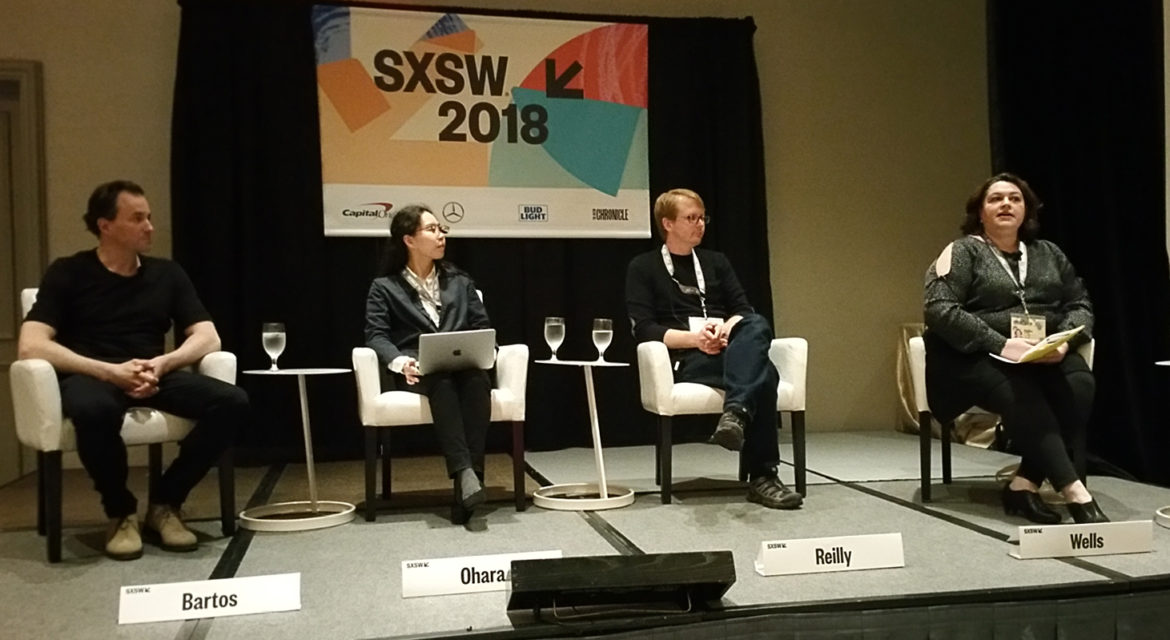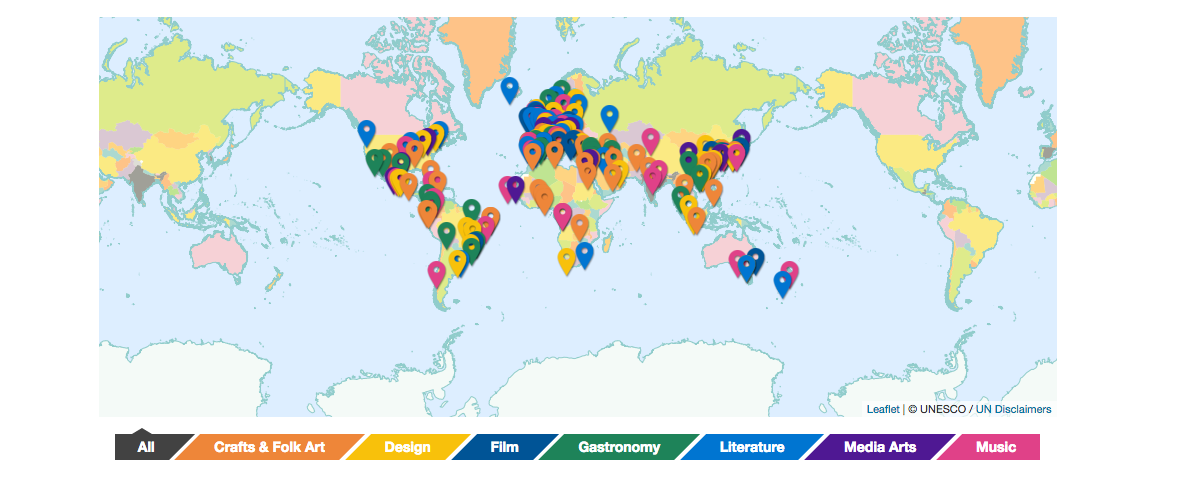The United Nations Educational, Scientific and Cultural Organization (UNESCO) is an international group that brings together individuals and associations from across the world to do everything from help eradicate poverty to enable intercultural dialogue. Their recognition of how creativity can serve as an essential factor for these kinds of efforts is at the core of their Creative Cities Network (UCCN). Exactly what this network means to artists and organizers in cities across the world was explored in detail during the Case for Culture: Art & Tech in UNESCO Creative Cities session at SXSW 2018.
The Creative Cities Network is currently formed by 180 Members from 72 countries covering 7 creative fields: Crafts & Folk Art, Design, Film, Gastronomy, Literature, Music and Media Arts. At the SXSW panel though, the Media Arts group took center stage as artists and city representatives discussed and explained what it has meant to them and their cities to embrace creativity and the cultural industries within the medium.

Meghan Wells, Manager, City of Austin Cultural Arts Division, discussed UCCN initiatives and goals related to what it means to enable cooperation at an international level and explained how a dedication to Media Arts in Austin has contributed to it being one of the fastest growing cities in the country. The city is home to innovative companies like Rooster Teeth and festivals like the No Idea Festival, but Austin also makes an active effort to encourage creativity and innovation with support for projects like Hello Lamp Post in Austin. Their support of this kind of creativity has helped define the UNESCO Media Arts category.
Kevin Reilly is a new-media artist and engineer based in Austin, and he talked through how he’s worked to define this Media Arts category in detail. Vurv Collective is a collective of technical arts focused on interaction and computation, all of which is guided by four guiding concepts: connect, enable, encourage and advise. It’s no surprise that these four concepts serve as guidelines for the UCCN media arts category itself.
Reilly discussed what went into their “Flow Factory” project, which was an interactive audio and visual installation that put participants into an immersive environment using a wearable device. That wearable device was a “Skip-It”, a children’s toy that had its heyday in the 90’s. It put participants in a fully immersed environment that forced them to engage on several levels. That all of it came from a place of “let’s play with this toy from the 90s” should underscore what it means to create something that resonates in this Media Arts category.
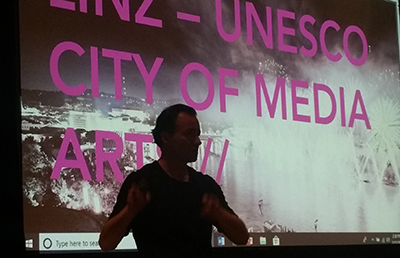
However, Patrick Bartos, CEO of the CREATIVE REGION Linz & Upper Austria creative industries development company, questioned the notion of how we can and should define this category, partly because he sees “new media” as not being “new”. After all, many of the innovative pieces of technology that define this category have been around for years, if not decades, and that fact has gotten artists to try and push past these definitions.
Bartos focused on how the city of Linz, as a Creative City of Media Arts, has been making impressive strides as a trailblazer and international hotbed of media arts and digital competence. The city is concentrating on transforming a former industrial site located in the heart of the inner city into a center of the creative economy, and it’s doing so by fostering an active media culture scene featuring a wide array of production sites and creative hubs.
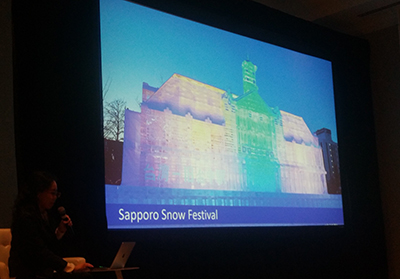
Natsumi Ohara, from the Community & Cultural Promotion Bureau in the city of Sapporo, explained how in Sapporo, Japan, Media Arts are not confined within the walls of art museums. Instead, they are showcased throughout the city to express Sapporo’s cultural diversity. The Sapporo Snow Festival has been creatively evolving since it first began in 1950, and the active and growing citizen-generated media landscape is nurtured by the city’s cultural openness and pioneering spirit. It is the fifth largest city in Japan by population, and the city’s UNESCO designation has enabled it to apply Media Arts in various ways in order to attract more visitors to Sapporo and strengthen the city’s tourism industry.
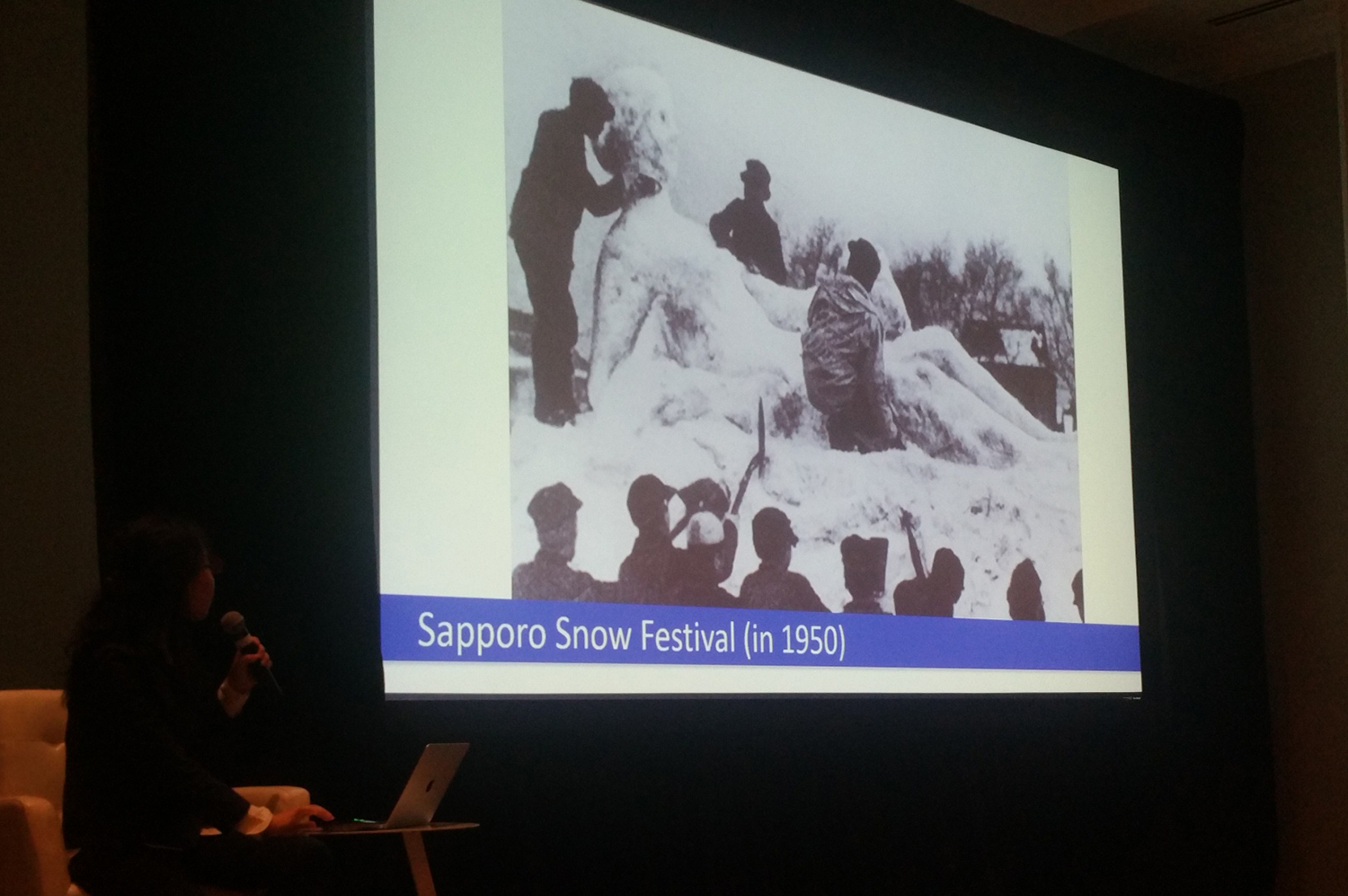
As a specific example of what this looks like, Ohara talked about the opportunities enabled by Moerenuma Park, which is a comprehensive park in Sapporo that has attractions for all seasons. Sculptor Isamu Noguchi based the park on the concept of “the whole being a single sculpture”, which is a model that has helped define the media arts concept as a whole.
More than anything else, what stuck out at the session was the importance of what it means to creatively engage with people across the world, but how doing so needs to be approached in different ways. Traditionally, city stakeholders think of that kind of engagement in terms of film, literature or music, but cities like Austin, Linz and Sapporo are proving that creativity can and does go to a different level, and it’s something that’s happening in profound ways across the world. Artists like Reilly and Bartos have proven that in everything from festivals to interactive experiences, audiences are willing to engage in this manner. It’s a fact that makes the effort to empower these artists more important than ever.
That empowerment has forced cities like Austin to consider what’s next in terms of this engagement and to consider what it will mean to continue to be a cultural designation. It’s helped spur projects like Kempelen’s Owls, a forthcoming permanent public artwork in downtown Austin that will be an interactive sculpture that fosters curiosity. The interactive features of the work are hidden, awaiting discovery by visitors who can activate them to trigger movement in the owls.
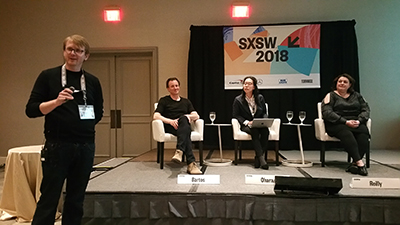
These are the sorts of ideas and initiatives that will help ensure the definition of “Media Arts” is one that continues to be redefined across the world for the benefit of artists and audiences alike, while also contributing to the UNESCO mission.
